Visiting Baños de la Encina and its 10th century castle is like taking a walk back into the 18th century
By Nick Nutter | Updated 1 Jun 2022 | Jaén | Villages |
Login to add to YOUR Favourites or Read Later
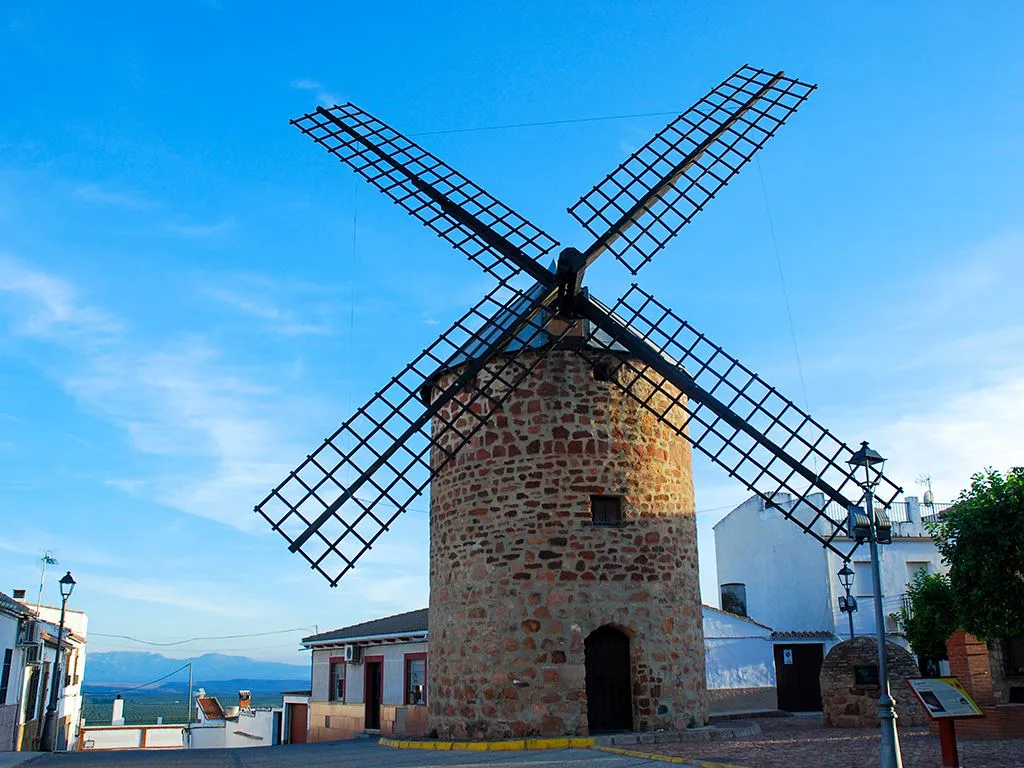

Molino del Santo Cristo
Sometime during the 13th century, an apparition of the Virgin Mary appeared amongst the oak trees surrounding the village of Encina. Ever since, the village has been called Baños de la Encina, Baths of the holm oak trees. The oak trees have largely disappeared now to be replaced by olives but the village survives in its own time capsule.
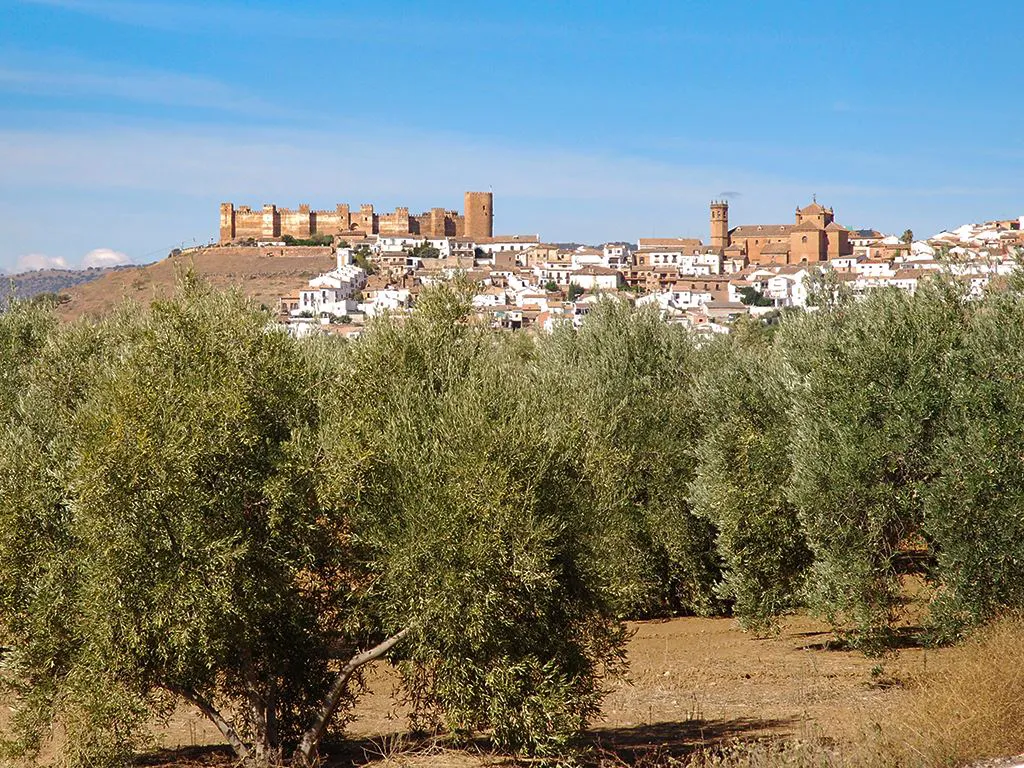
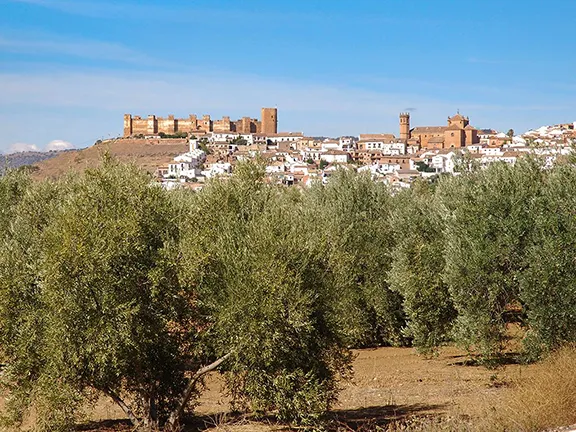
Banos de la Encina
It does not matter from which direction you approach Baños de la Encina through the olive groves that surround the town. From kilometres away you can see the well preserved castle overlooking the village. The Castle is variously known as Castillo de Baños de la Encina or Castillo de Burgalimar, reflecting its Arab origins back in the 10th century. As you come closer, you see the restored grain mill, the Molino del Santo Cristo, with its bare sails protruding over the roof tops.
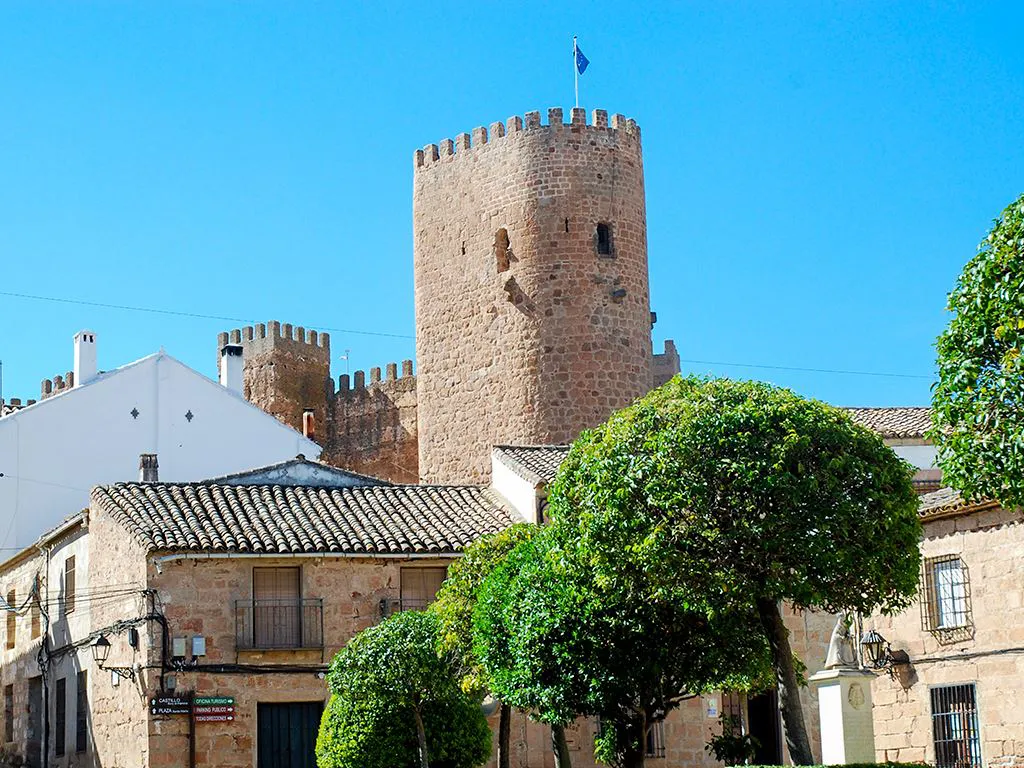

Castillo de Burgalimar
The town itself is divided into two parts, the old and the new. The old part clusters around the castle and the church, the Iglesia de San Mateo. The church was built over time, between the 15th and 18th centuries and has a pleasing mix of styles, Gothic, Renaissance and Baroque. The buildings, many of which were mansions, are solidly built in the local sandstone and the streets are cobbled and narrow, although not as narrow as you find in the Mudejar white villages. It is very reminiscent of the Pennine villages found in Lancashire, solid and permanent, built to last. The newer part clusters around the mill and the grid like town planning is very evident there.
The older buildings reflect its value as a strategic location from the 10th century and the prosperity of the village during the late 17th and early 18th centuries, a prosperity built on agriculture and stockbreeding.


Ermito de Cristo
The history of the town starts during the Bronze Age, the remains of an Argaric settlement are visible within the castle walls. Nearby, the Romans built a forum. The Muslims arrived in the 8th century and in 968 AD, built the castle, notable for its 15 towers connected by massive walls, and its good condition that makes it one of the best preserved examples of a Muslim fortress in Europe.
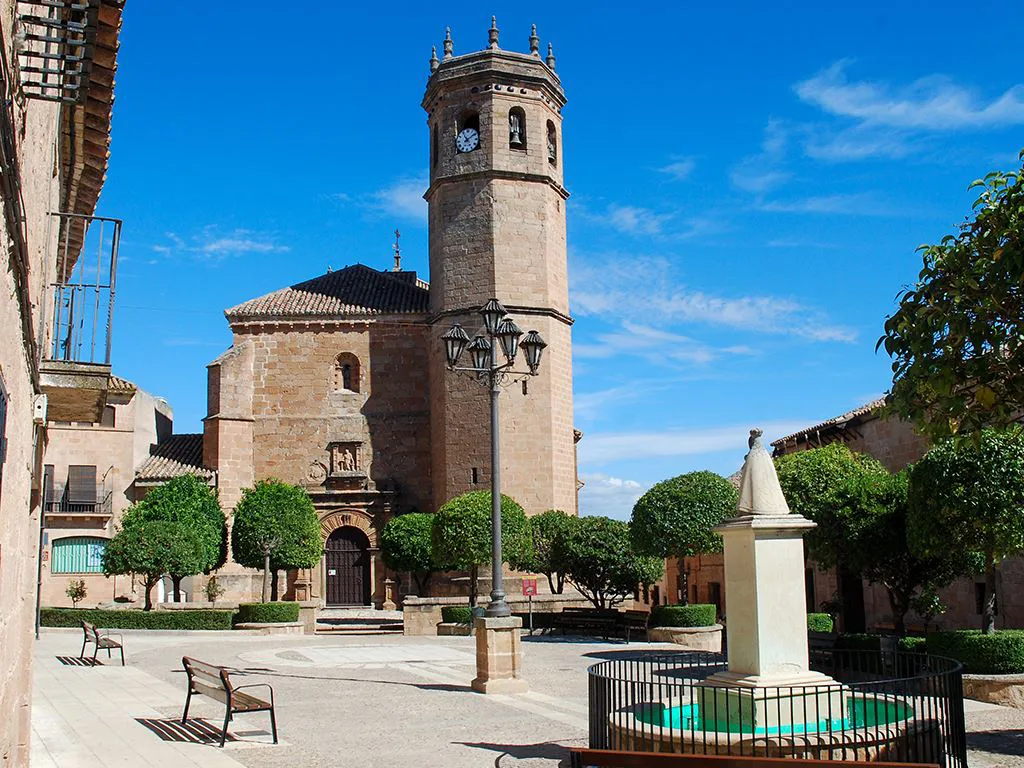
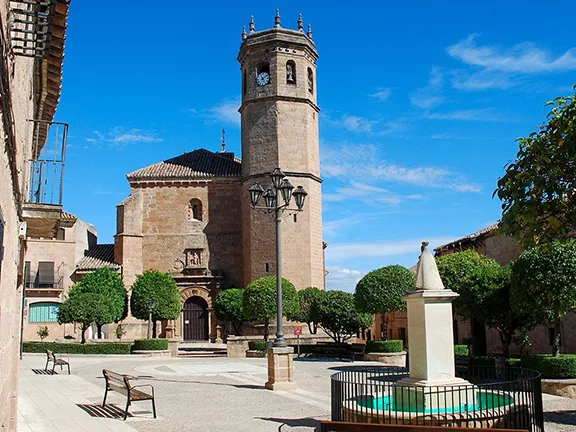
Iglesia de San Mateo
The fortress came into its own in 1147 when King Alfonso VII, briefly, reconquered the town, only to lose it again soon afterwards. Following the Battle of Las Navas de Tolosa in 1212, that allowed the Christian armies to claim vast swathes of land in the area, the town again, briefly, became a Christian possession although it was not occupied. It was definitively reconquered by Ferdinand III in 1225.

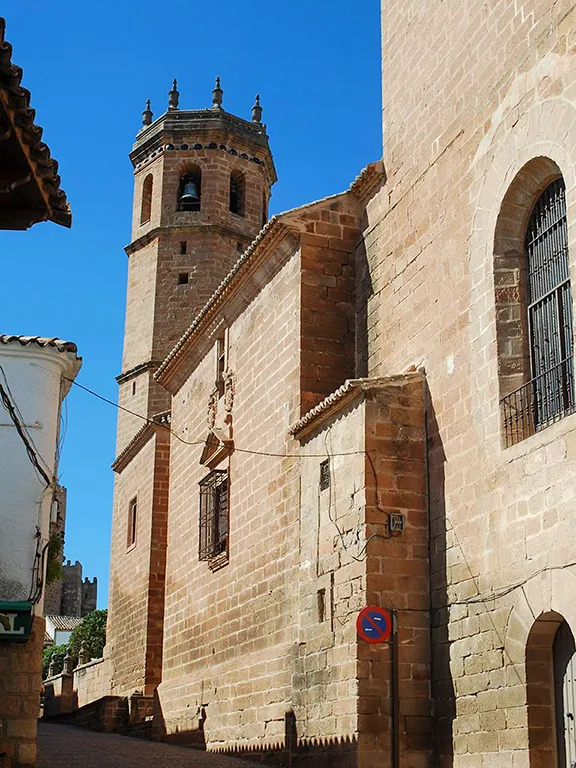
Iglesia de San Mateo
There is something of a hiatus then in the history of the town until the last half of the 15th century when the custodians of the area, the Knights of Santiago and Knights of Calatrava, found themselves in conflict with Condestable Iranzo, Miguel Lucas de Iranzo, a chancellor for the crown of Castile, better known for his remodelling of Jaen city. It is said that fierce battles took place at this time although the castle shows no signs of them.
The following period is when the town began to prosper. The church was started during the 15th century and the large houses around the square started to appear. The village council house is built in a ‘plateresco’ style. Next to it is the Palacio de Priores and opposite is the house of ‘Consumos’, the slaughterhouse. During the same period, the Casa Torreón Poblaciones Dávalos, the tower house, was built.
The tower is all that remains of an outer wall that was built by the Corveras family to defend Baños de la Encina during the Succession War of the 15th century. The Corveras family fought for Isabel of Castile against her uncle, Enrique IV, King of Castile and León. Built into the wall is the Palacio de Guzman, now a hotel. On a personal note, I can recommend this hotel for those people who want to soak up the atmosphere of the old town. They also have a fine menu of local dishes including estofado de ciervo (deer stew) and perdiz en escabeche (pickled partridge).
Other notable buildings are the 15th century Palacio de Molino de la Cerda, and the 16th century Ayuntamiento. The 18th century Ermita de Cristo del Llano has a magnificent Baroque tower, a favourite roosting place for storks. Back in the church square, the Casa de la Viuda, House of the Widow, blends in perfectly with its surroundings. Surprisingly it was built at the beginning of the 20th century when the area was enjoying a brief period of renewed prosperity due to the mining that took place in the area.
On a hill slightly higher than the castle and about half a kilometre away, is the 18th century mill, the Molino del Santo Cristo. Alongside it is the communal bread oven. During the 18th century, although olives were starting to become a part of the local economy, grain was still the most important crop and Baños de la Encina was in an ideal position to take advantage of that being on a network of drovers and trading routes that led over the Sierra Morena mountains into Castile-La Mancha. Most of those routes are now on private land and closed to traffic. The production of grain used two systems for which the surrounding land was eminently suitable. One, the ‘roza de cama’, was a method of growing wheat and barley in poor soil on the mountain slopes and the other called ‘roza de barbecho’, allowed grain to be grown on the fertile fallow land in the valley.
Sadly, the late 18th century saw the fortunes of the Baños de la Encina decline as it lost land to surrounding municipalities during the creation of the new towns or Nueva Poblaciones in 1767. The new towns were a royal programme designed to repopulate the area. However, Baños de la Encina has survived relatively untouched in its own time capsule. Part of the reason for that is the lack of people. The repopulation programme in the 18th century was not as successful as the monarch could have wished and many of the villages in this northern part of Jaen have seen their young people move on to the cities. Tourists and visitors are also in short supply, Baños de la Encina is well off the beaten track. Visiting Baños de la Encina is like taking a walk back into the 18th century.